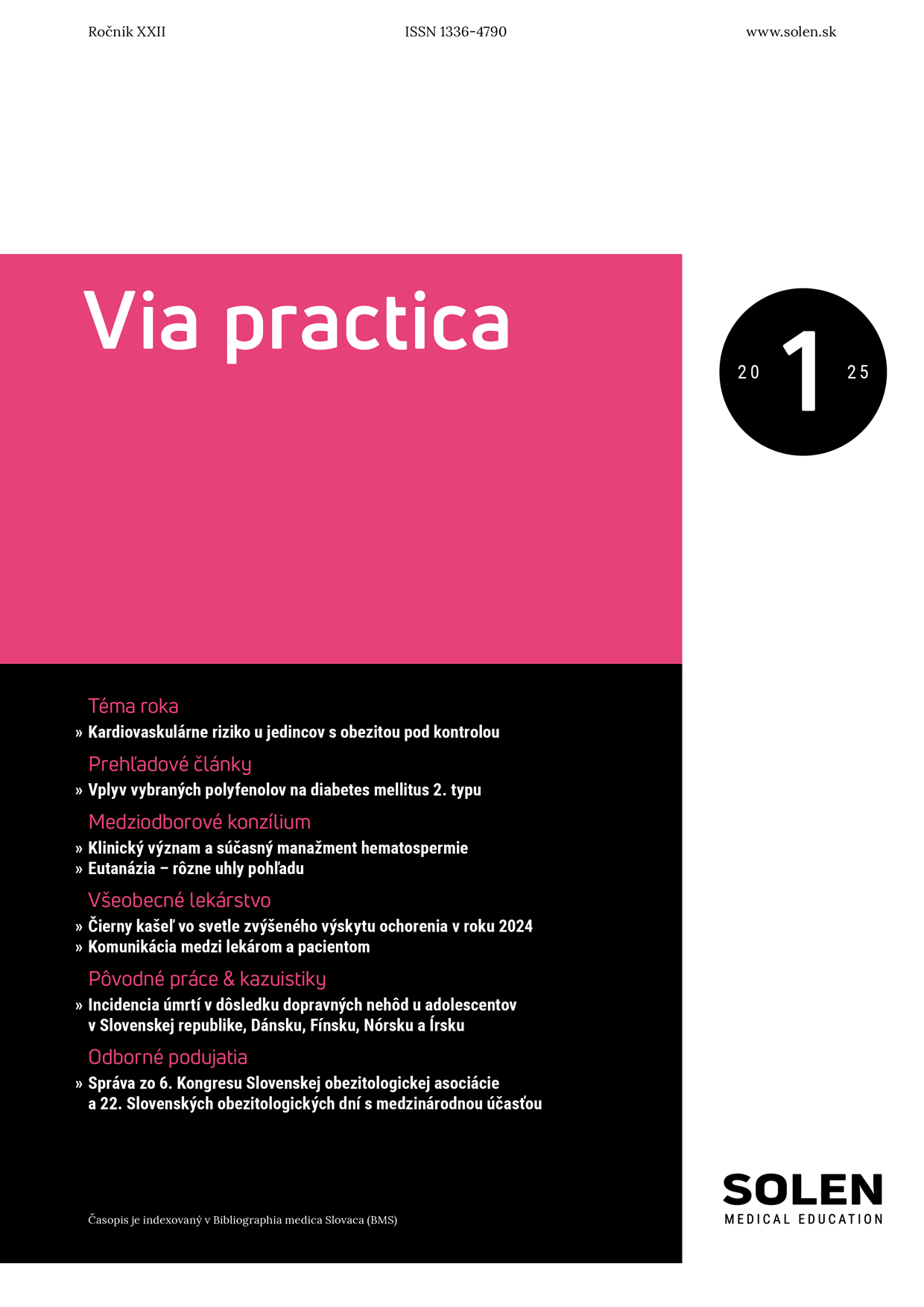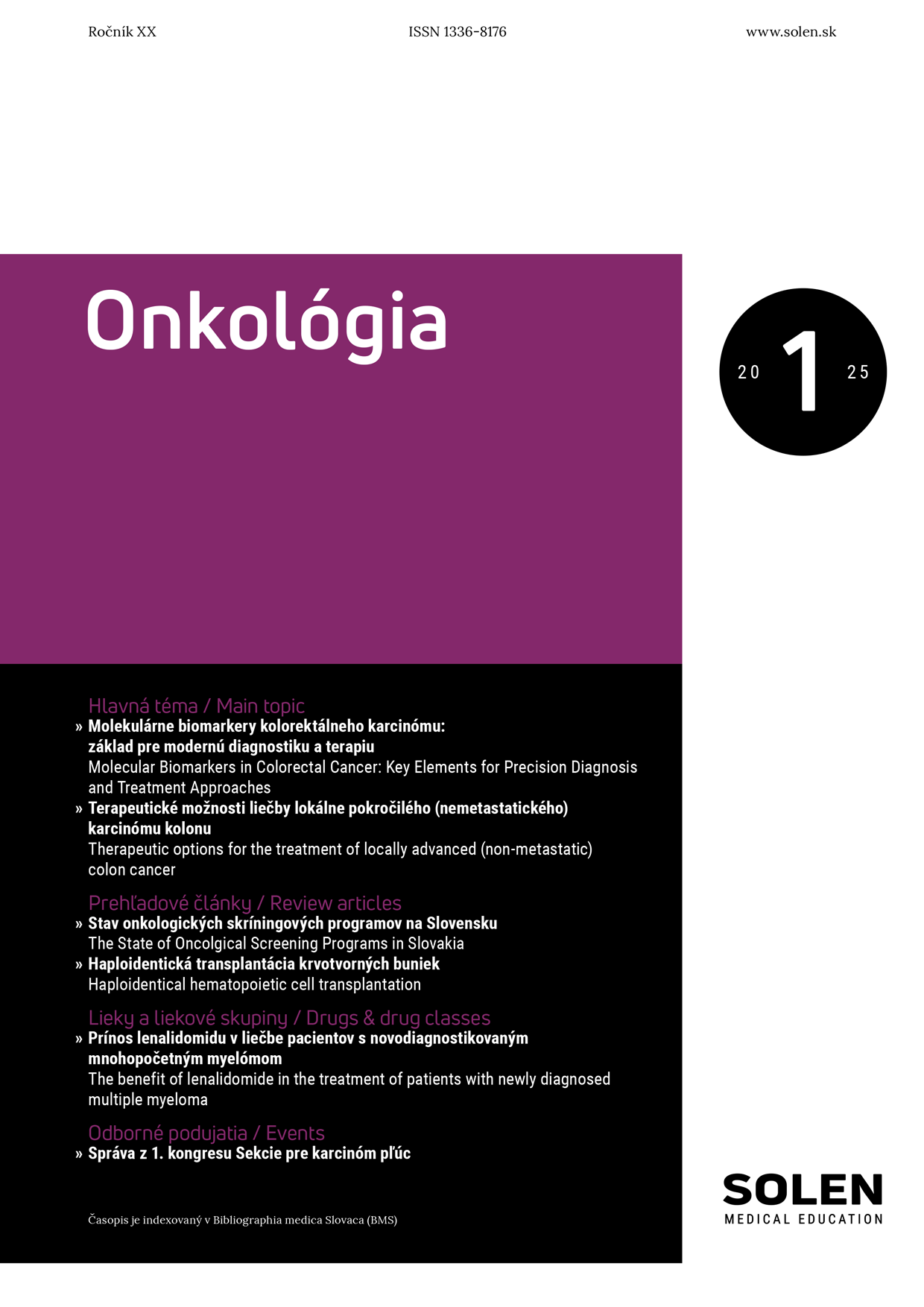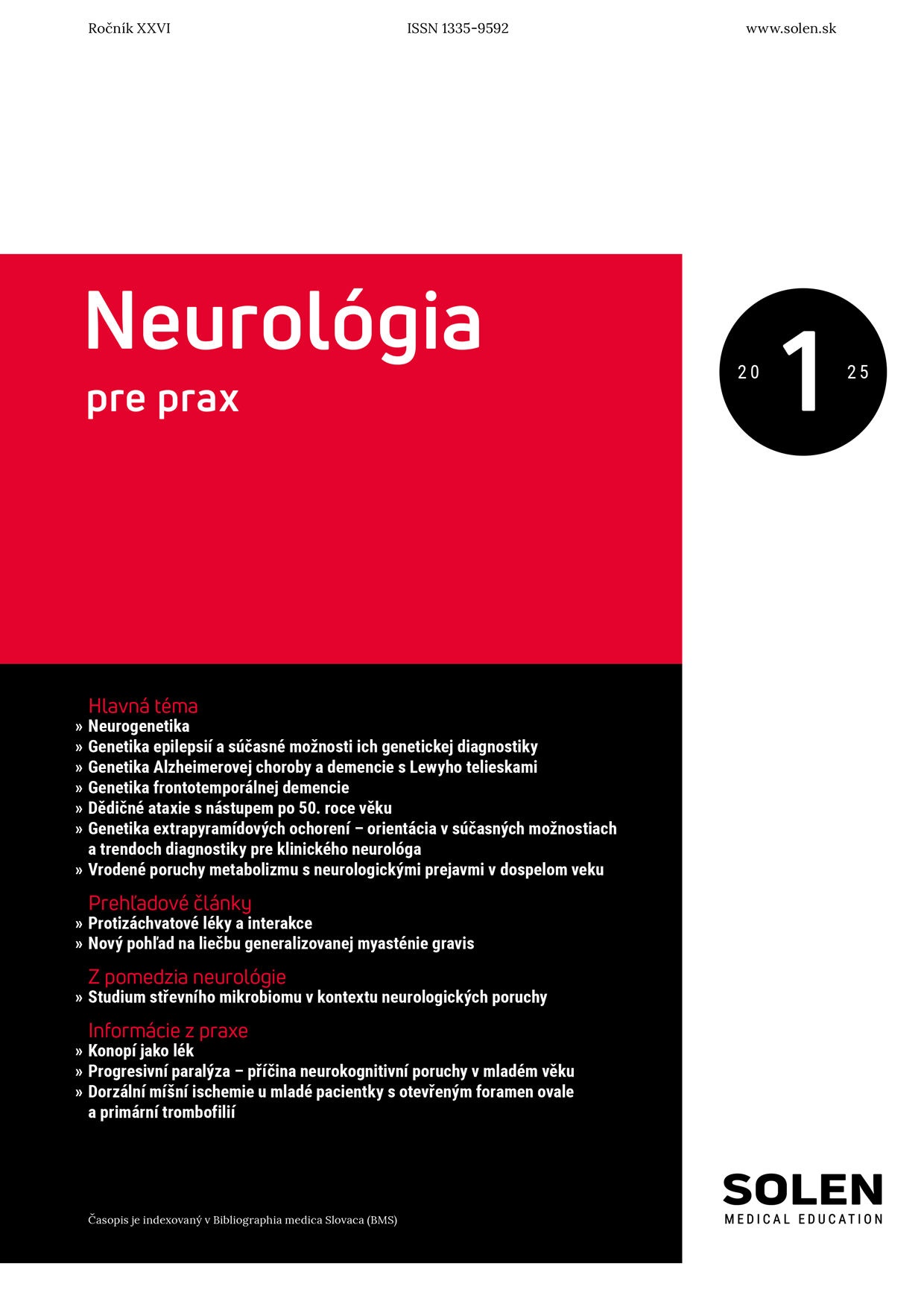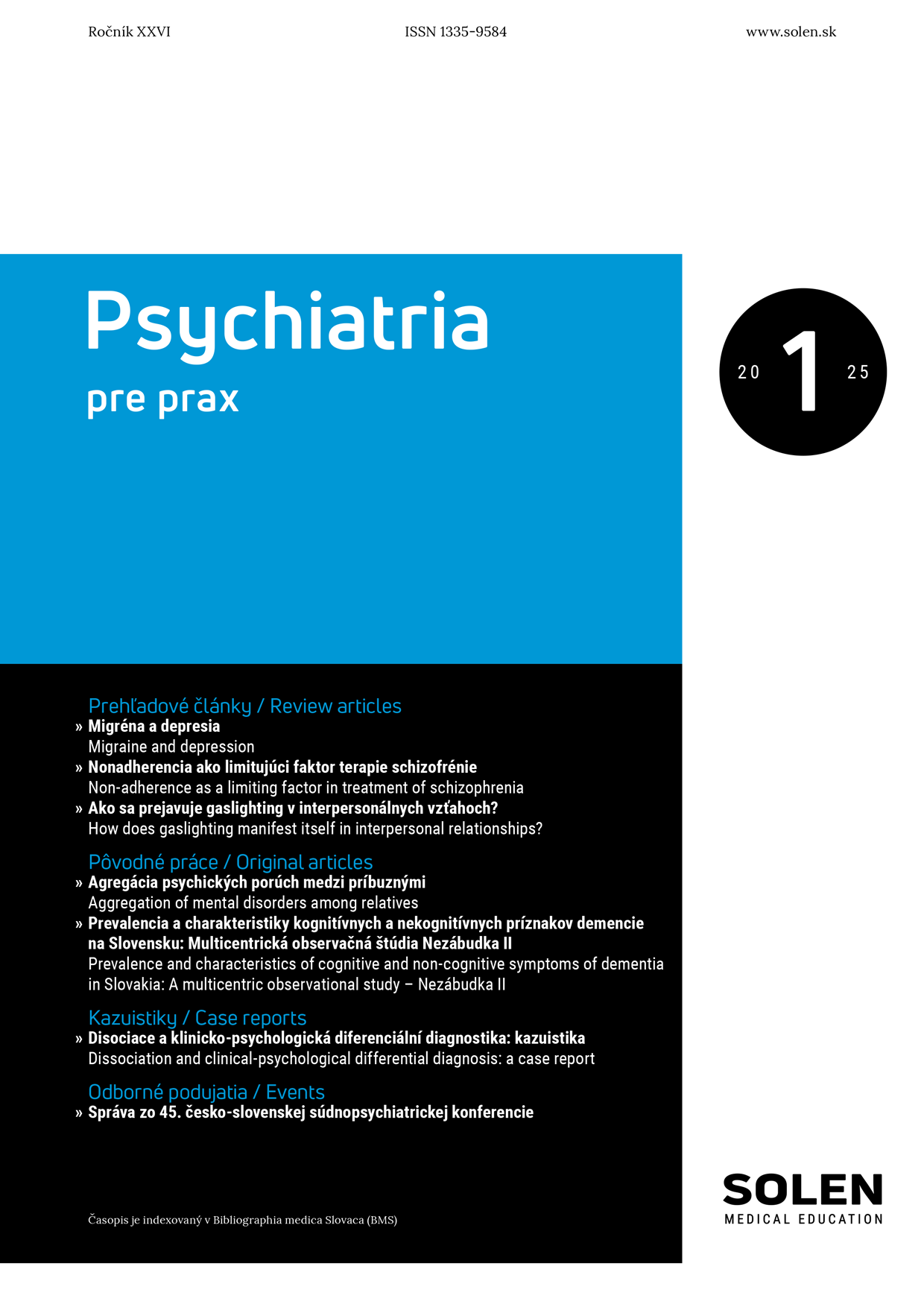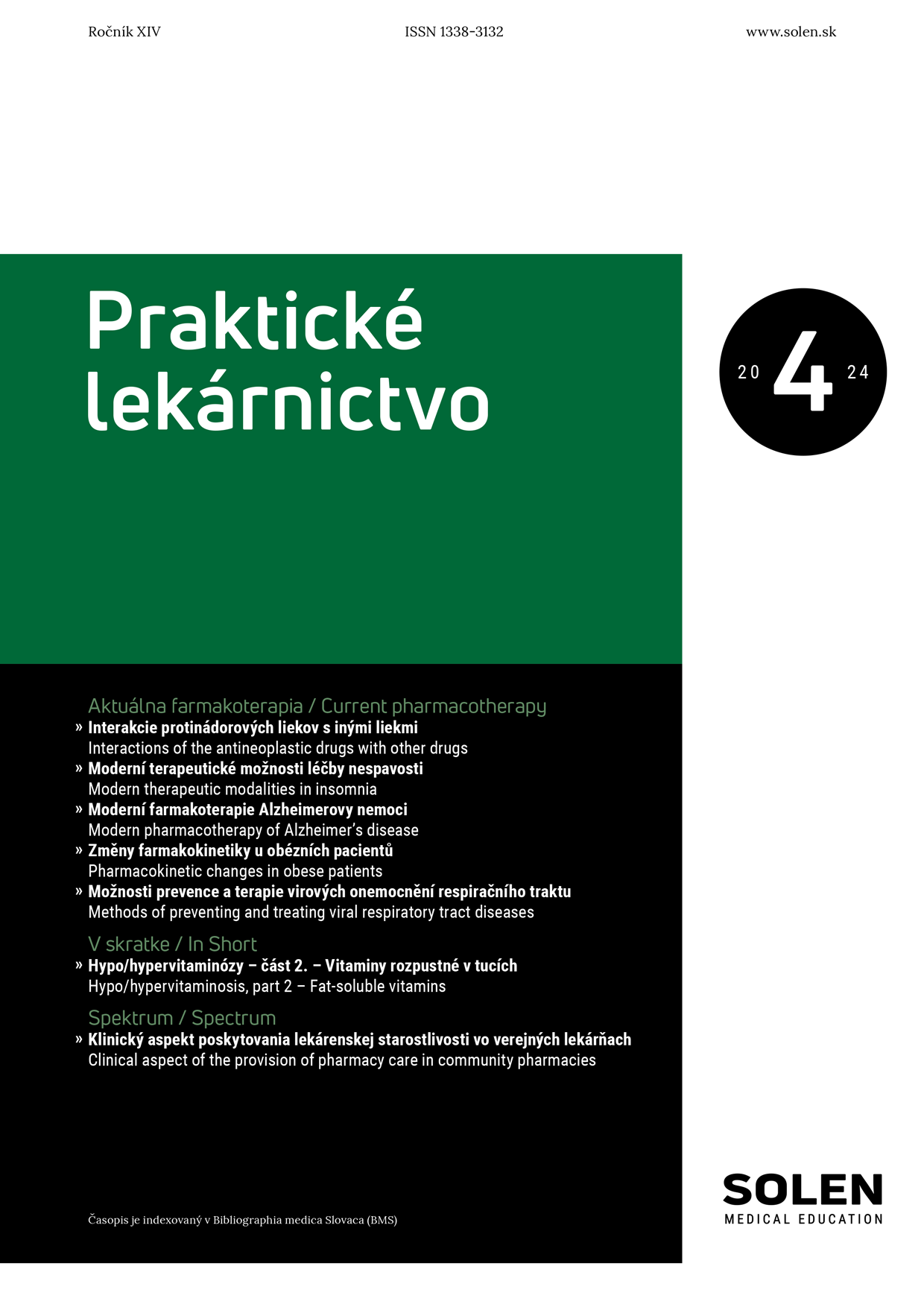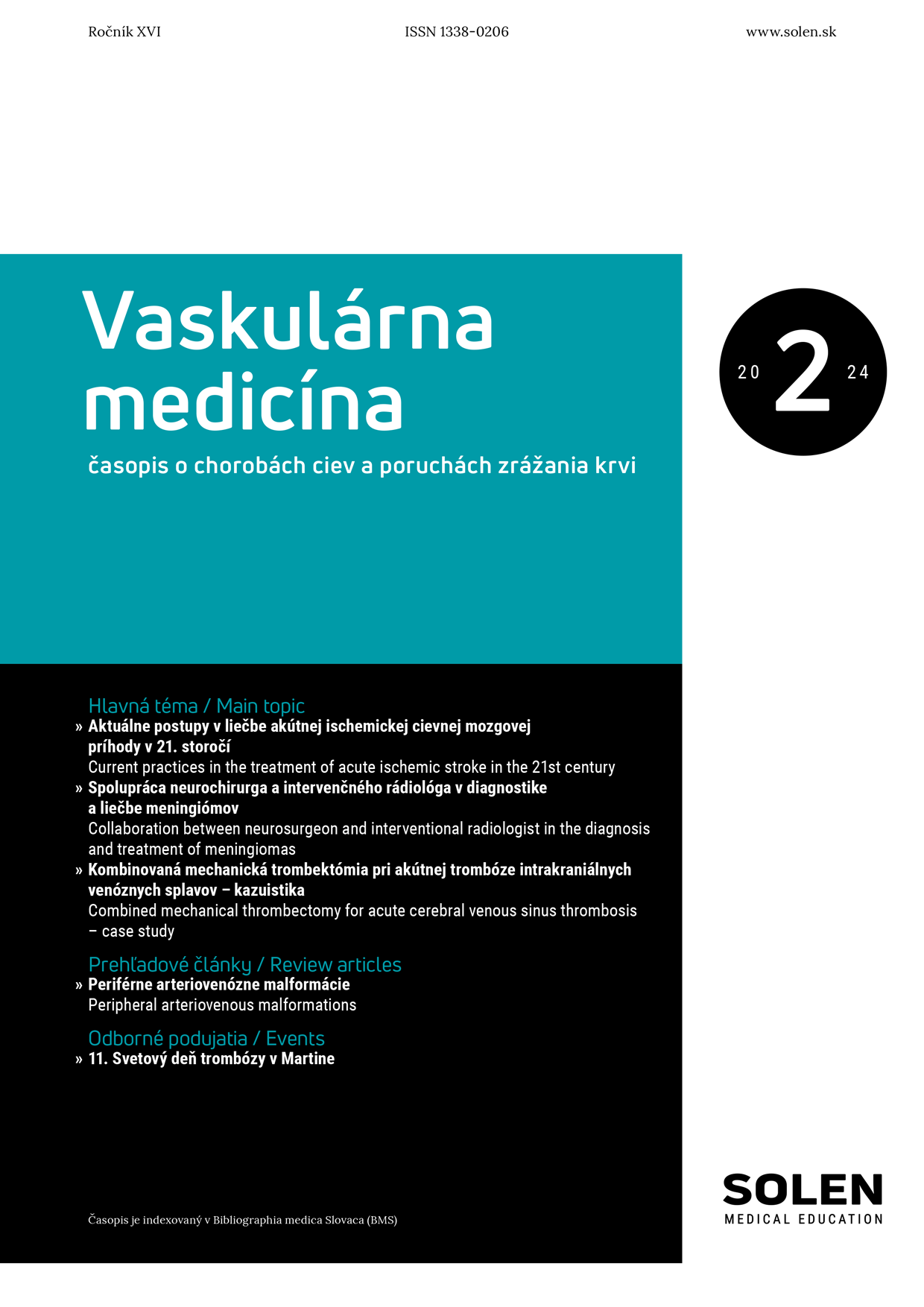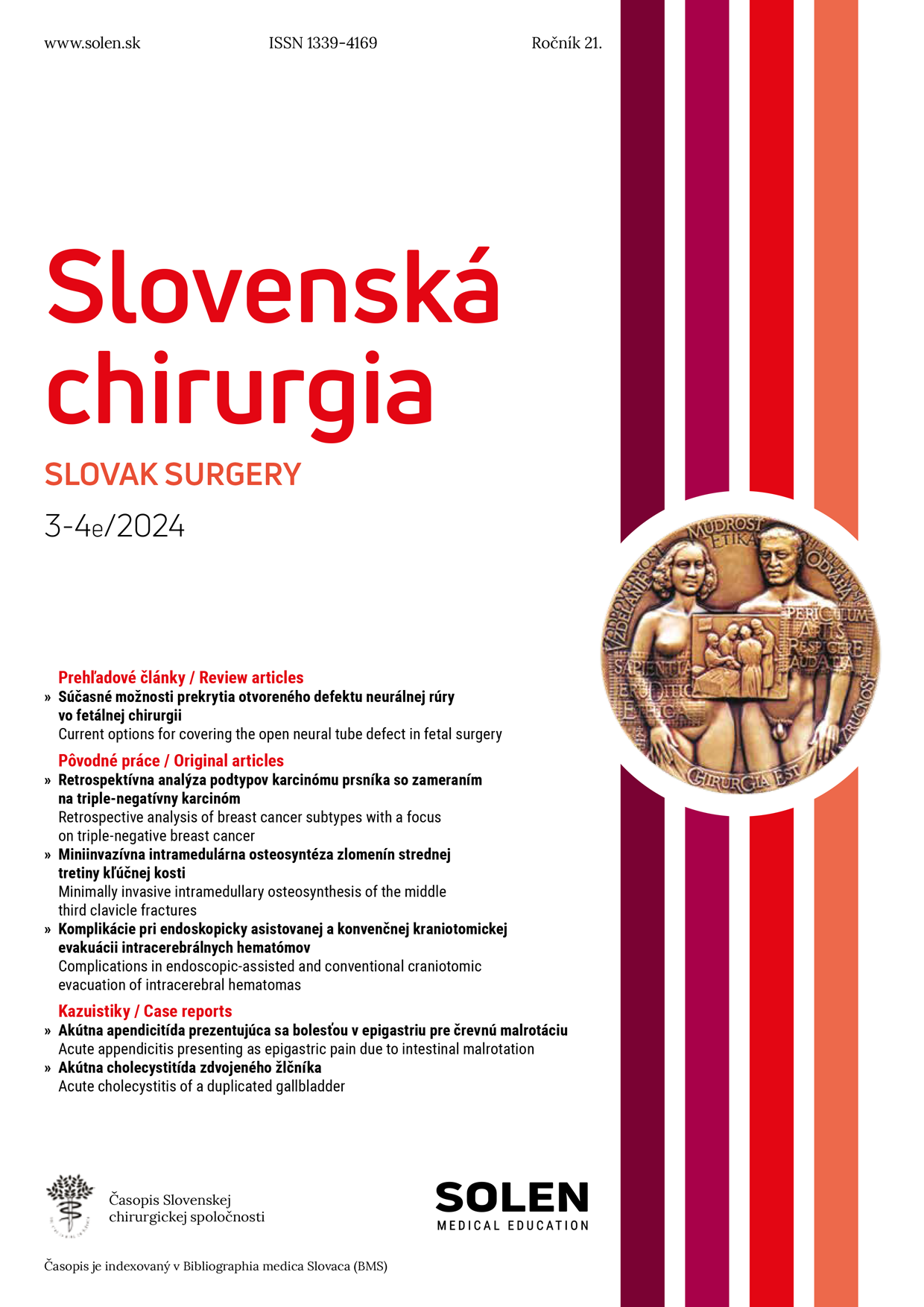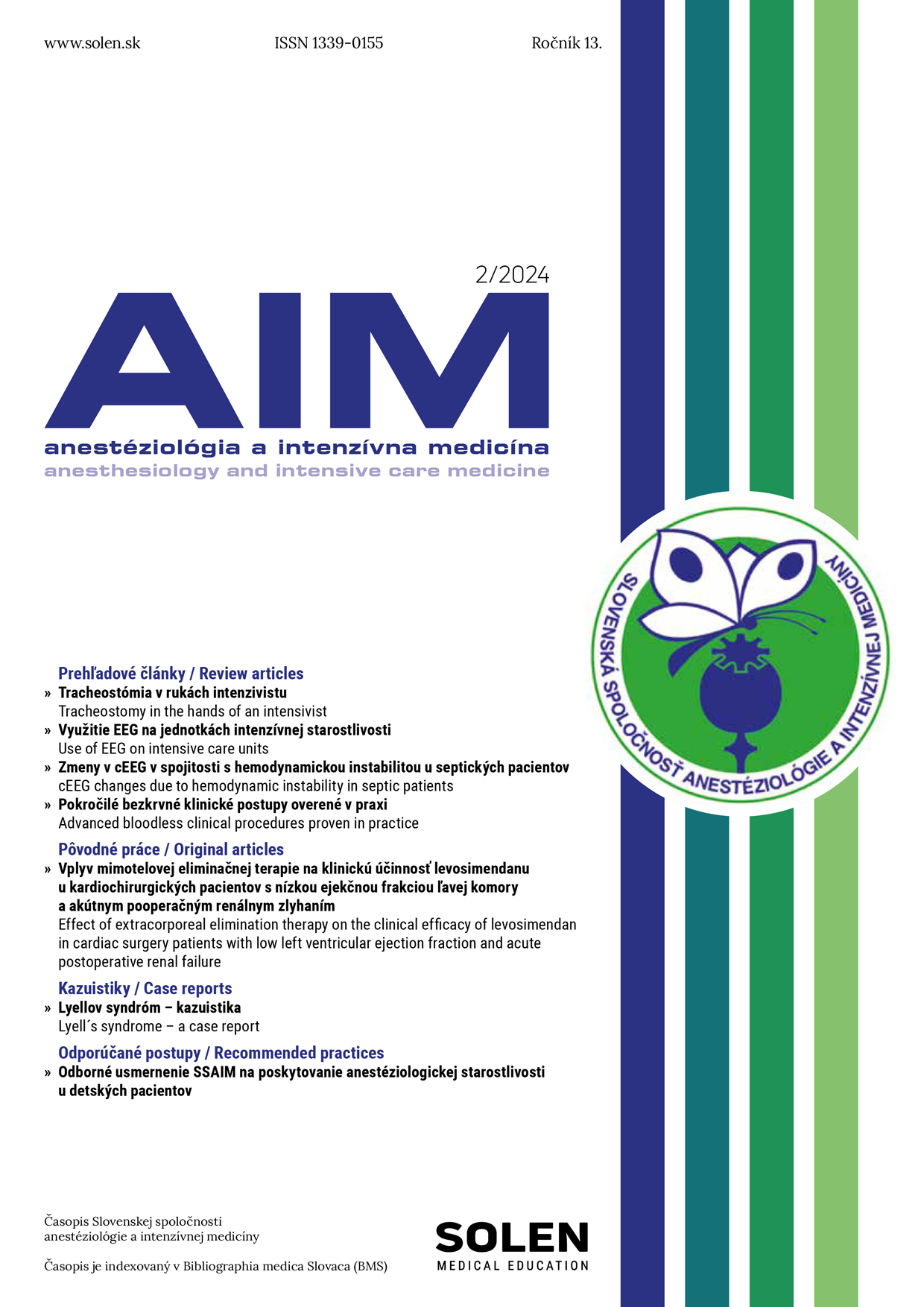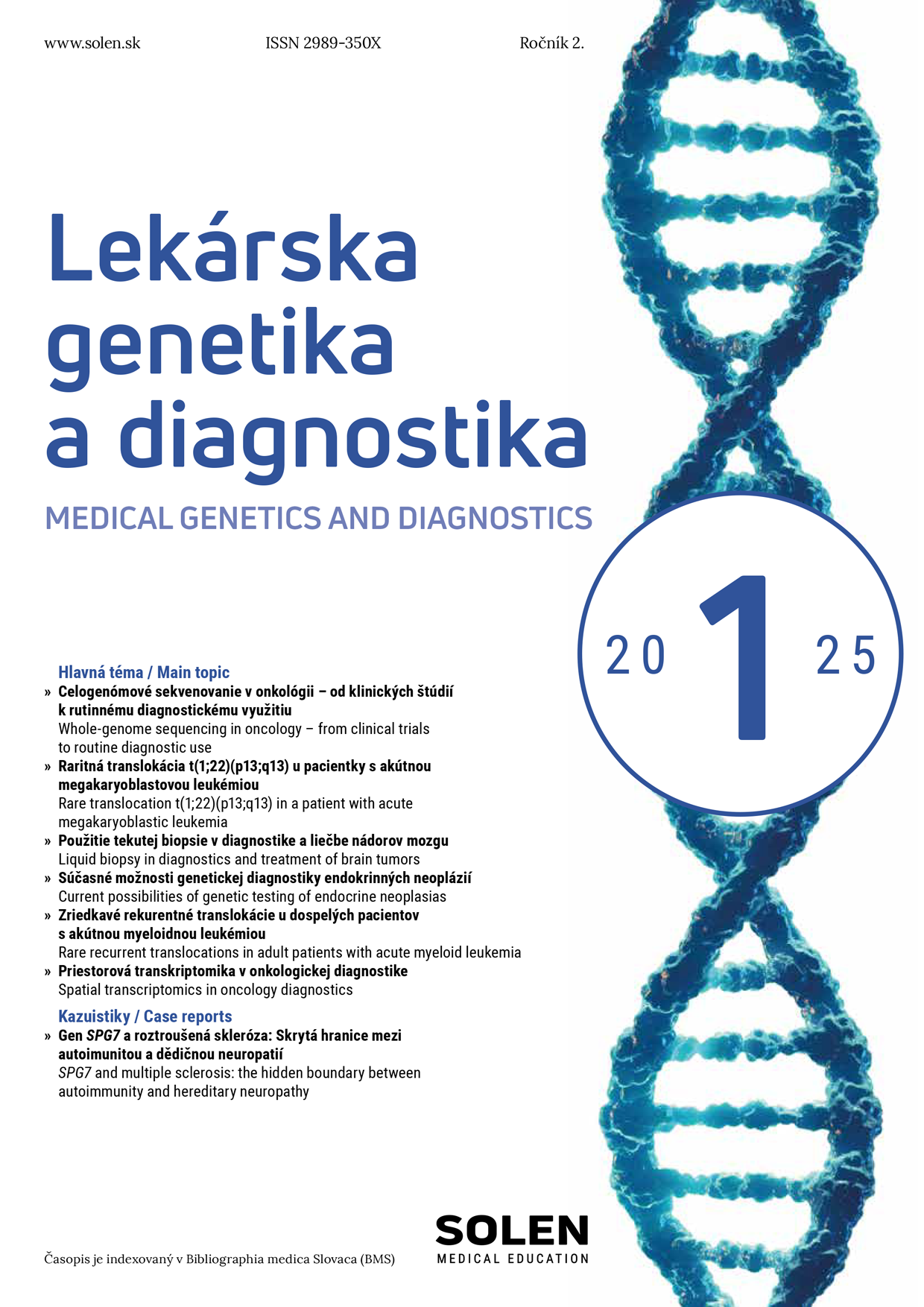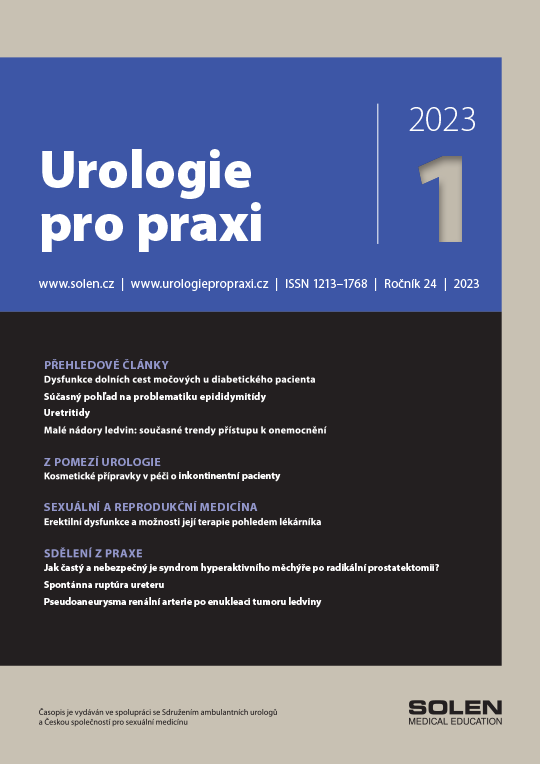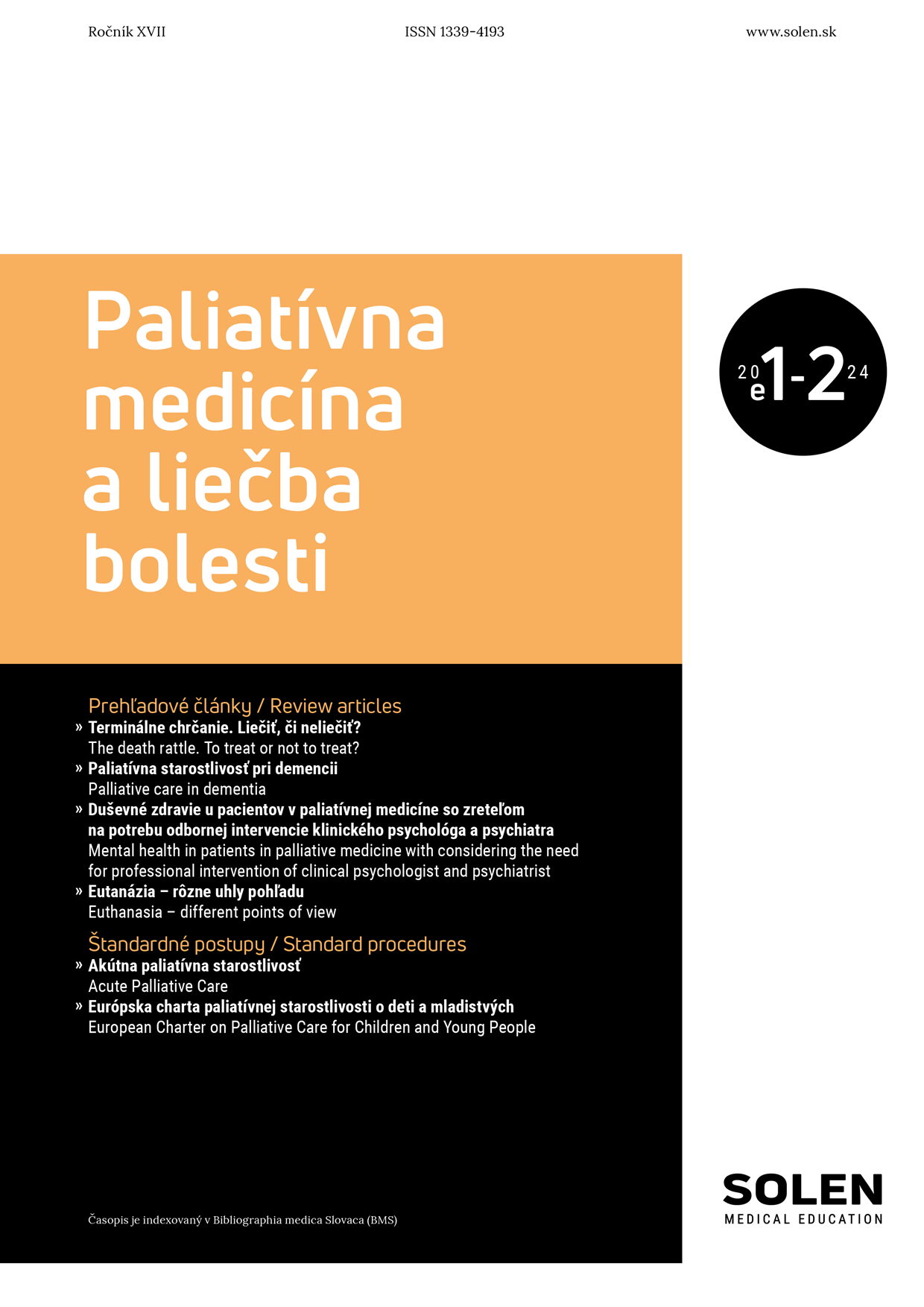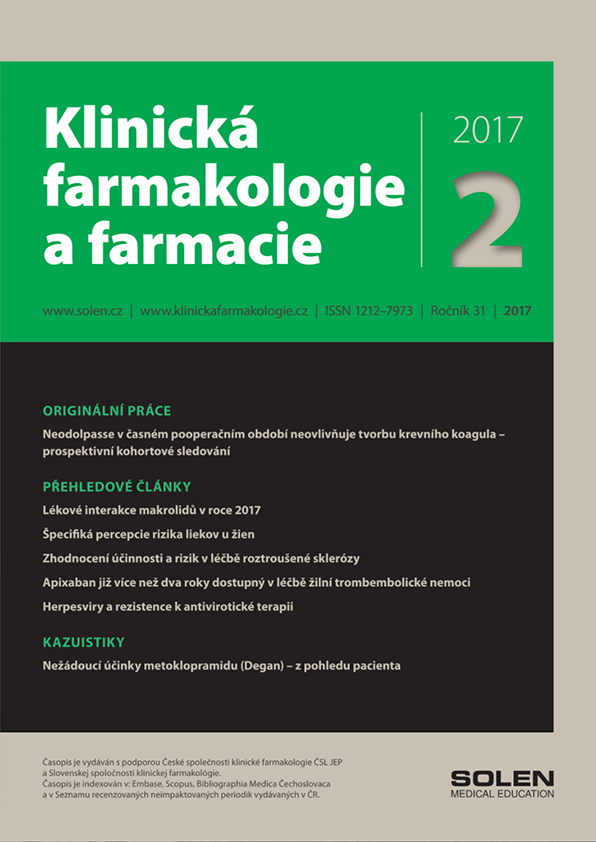Lekárska genetika a diagnostika 1/2025
SPG7 and multiple sclerosis: the hidden boundary between autoimmunity and hereditary neuropathy
In this paper, we present a case study of a 19.5 year–old female patient suspected of having relapsing–remitting multiple sclerosis. Using massive parallel sequencing, a potentially causative pathogenic sequence variant, c.1045G>A (p.Gly349Ser), was identified in the SPG7 gene in a heterozygous state. The SPG7 gene is not a primary cause of multiple sclerosis but is known as a causative factor for hereditary spastic paraplegia type 7. Spastic paraplegia type 7 is a progressive neurological disorder characterized by spasticity and weakness of the lower limbs, affecting the motor neurons responsible for movement. However, the clinical manifestations of spastic paraplegia type 7 are often more complex than the other forms of hereditary spastic paraplegias and may include a broader spectrum of neurological symptoms. Hereditary spastic paraplegia and multiple sclerosis share a number of overlapping clinical symptoms, complicating differential diagnosis. Molecular genetic testing enables more accurate diagnosis of atypical patients and shortens the time needed to uncover the true etiology of the disease. In the observed patient, a correlation between the phenotype and the molecular genetic finding in the SPG7 gene was confirmed, highlighting the importance of personalized medicine based on genetic testing in the diagnosis of unclear cases. sequencing (MPS
Keywords: SPG7, hereditary spastic paraplegia, multiple sclerosis, genetic diagnostics, massively parallel sequencing (MPS), personalized medicine



